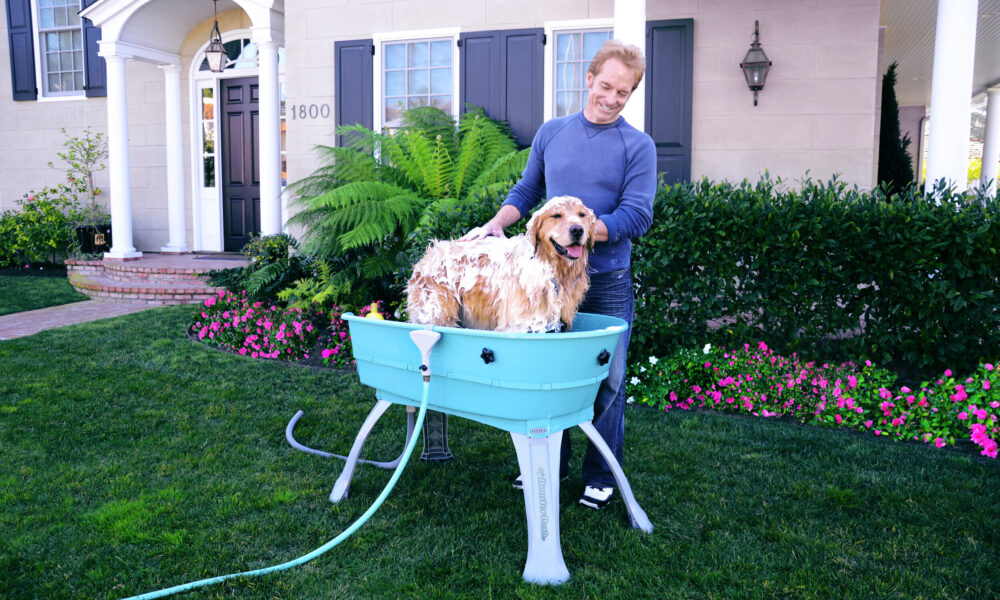Floods can strike with little warning, leaving destruction in their wake. The aftermath can be devastating, both financially and emotionally.
In these uncertain times, understanding your insurance is not just important-it’s essential. Knowing what types of coverage are available can be the difference between recovery and ruin. But fret not!
This guide will delve into the key options for flood insurance and help you prepare for the unexpected. Ready to learn more? Let’s begin!
Contents Coverage
Contents coverage is vital in flood insurance, safeguarding your personal belongings. It helps replace items that are damaged in a flood such as:
- furniture
- electronics
- clothing
Yet, it’s crucial to know that content coverage may differ from building property coverage. So if your home is flooded, the policy will only cover the items you own, not the structure itself.
To make informed decisions, many homeowners turn to a flood insurance calculator. This tool can help estimate the right amount of coverage needed based on the value of your possessions and the specific risks in your area.
Building Coverage
Building coverage protects the physical structure of your home or business from flood damage. This is also crucial for anyone involved in civil building construction, as it ensures that the investments are safeguarded against flooding.
It typically includes repair or replacement of:
- foundation
- walls
- floors
It may also cover essential systems like plumbing and electrical work. However, just like content coverage, it is important to understand the specific terms and limitations of your policy.
Farmers Flood Insurance
Farmers face unique challenges when it comes to flood insurance. Their crops and livestock are vital to their livelihood. Farmer’s flood insurance can help protect these important assets.
This type of insurance often covers damage to structures like barns and silos. It can also cover losses from flooded fields. Many policies are tailored to the specific needs of agricultural operations.
Therefore, farmers should assess their risks carefully. By doing so, they can choose the right coverage to safeguard their investments and ensure a stable future.
Additional Living Expenses Coverage
When a flood damages your home, this coverage helps with the costs of living elsewhere. These can include expenses such as:
- hotel stays
- meals
- transportation
However, the costs of living elsewhere after a flood damages your home. This also includes lost rental income if you cannot rent out a property due to flood damage.
Preferred Risk Policy
A PPR is created for those living in areas with low to moderate risk of flooding. It’s available to homeowners, renters, and business owners at an affordable rate.
This type of policy covers both building property and personal contents. However, it only applies to properties that are in designated low-risk zones.
Also, it’s important to note that a PPR may not cover all types of flooding. For example, damage caused by excessive rain or snowmelt may not be incorporated into this policy.
Therefore, it’s crucial to carefully review the details of a PPR before making
The Importance of Having Comprehensive Flood Insurance
Having comprehensive flood insurance is not just a safety net. It’s a vital investment in your peace of mind. By understanding the coverage options mentioned above, you empower yourself to make informed choices.
Don’t wait until it’s too late. Take action today! Review your current policy or start shopping around for the best coverage that fits your needs.
Did you find this article helpful? Check out the rest of our blog now!









